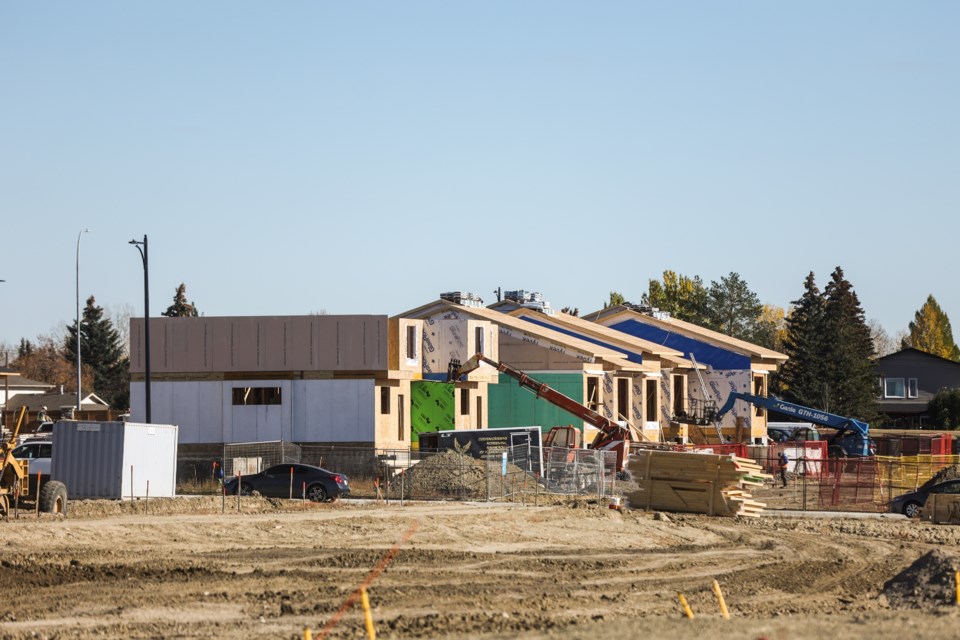Okotoks is too big, too busy and growing too fast.
As a relative newcomer, I don’t subscribe to that sentiment because this version is all I’ve ever known, but there’s a segment of the population that’s of that mind, concerned that the town they once knew is, or will soon be, unrecognizable.
These folks certainly have the numbers in their corner: In the first two decades of this century, Okotoks grew from under 12,000 residents to over 30,000, and development projects now on the books will more than double that figure, albeit it will take many years for that to come to fruition.
A town that wasn’t even home to 2,000 people in the 1970s looks far different today and will undoubtedly change significantly in the years ahead. Is that good or bad? Is it inevitable or should more be done to stem that growth? Is it realistic for a town to stand relatively still, particularly one in the shadow of a major metropolitan centre?
Limiting growth attempts to maintain the status quo in a bid to preserve a desired moment in time, a juncture at which the town was just the right size, but it’s not that simple because even if you're able to stop time in one place, it marches on all around you.
I lived in a town in B.C.’s Lower Mainland that did precious little growing for several decades, in large part because of strict boundaries drawn by the Agricultural Land Reserve, but also due to resistance to change by many residents, which resulted in a bit of a time warp.
The movie theatre, bowling alley and car dealerships all closed as such amenities needed larger population bases to prosper and accessing many senior government services required a drive to a neighbouring city because they, too, were situated where greater population was found.
On the plus side, the community was relatively quiet and safe, but the lack of development, particularly of multi-family units, meant a single-family-centric housing inventory built decades earlier was out of reach of many, leading to an ever-aging population.
Added to that, prices were pushed higher by a supply-demand imbalance, meaning the most recent generation to grow up there couldn’t afford to stick around in adulthood. Schools constructed during a building boom in the 1960s and 1970s closed their doors due to a lack of students, primarily because young families could no longer afford to live there.
The town was undoubtedly impacted by Greater Vancouver’s skyrocketing real estate values, but it didn’t do itself any favours by sticking its head in the sand when it came to infill development that could have at least given it a fighting chance to keep up.
Some amount of that development has reluctantly come on stream in more recent times but it’s a case of too little, too late for many who couldn’t find what they needed, at a price they could afford, so they packed up and moved elsewhere.
Okotoks would be wise not to follow that lead because as much as you might like a place, there’s simply no good way to preserve it in time.




